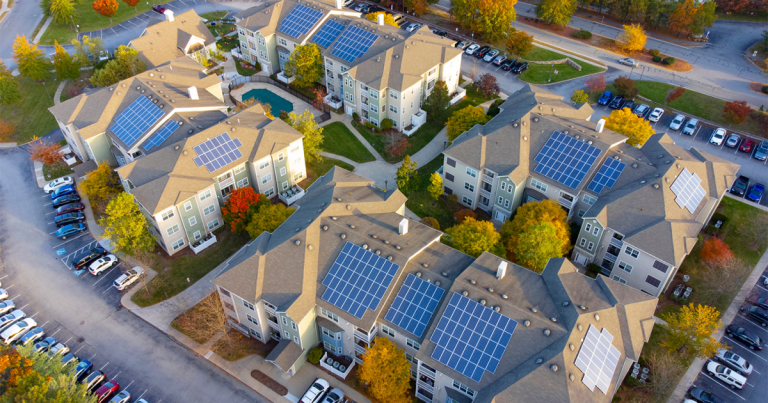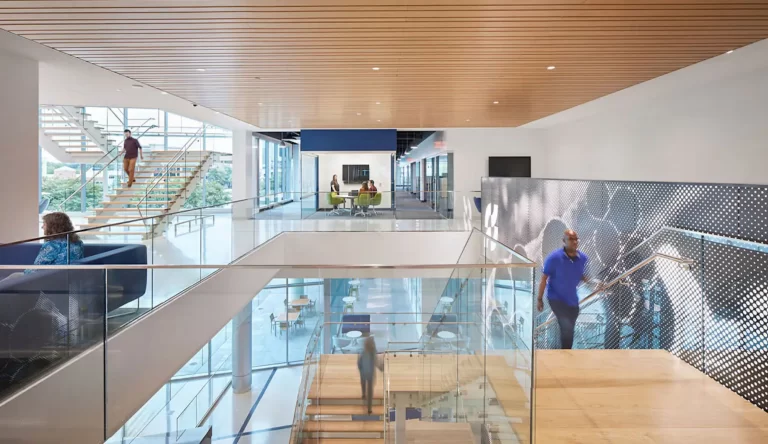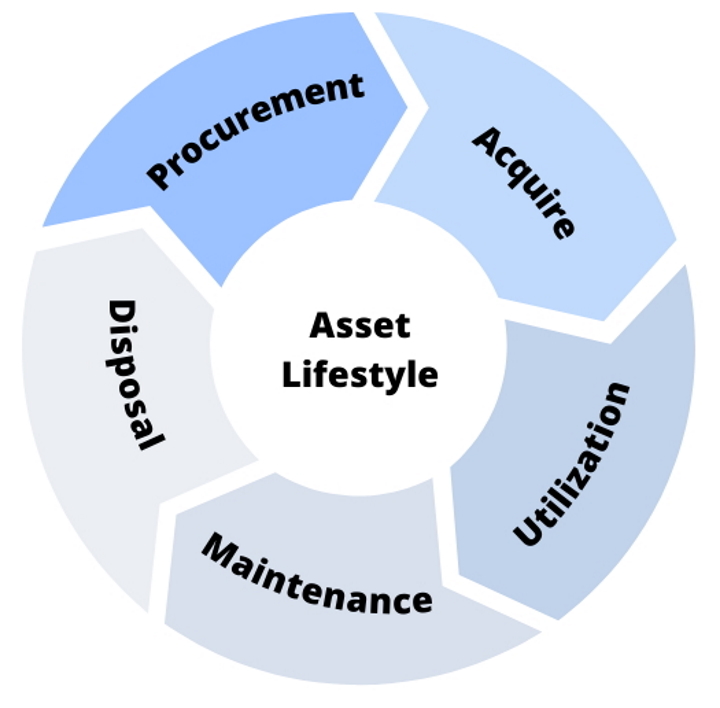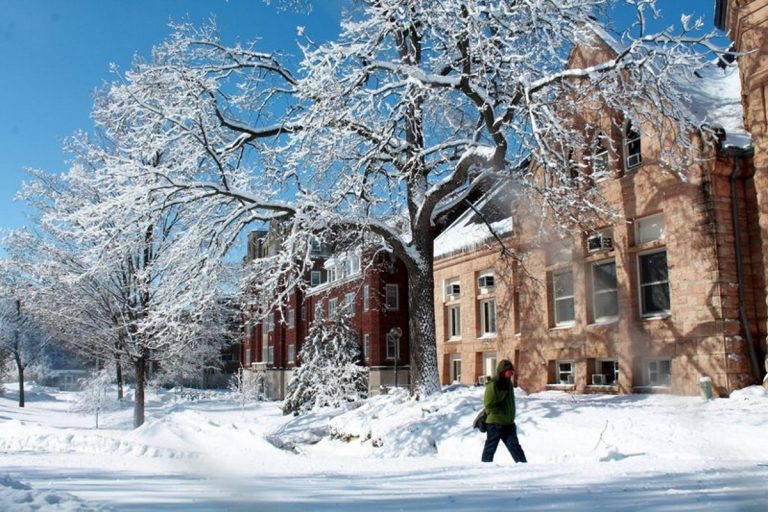How to negotiate a lower-risk power purchase agreement
Buying renewable energy at commercial scale involves sizeable long-term contracts, most commonly in the form of Power Purchase Agreements, or PPAs. These deals often have great bottom-line benefits — but sometimes they do not. Fear not. There are ways to reduce the economic risk of switching to renewable energy. This includes not only managing…






